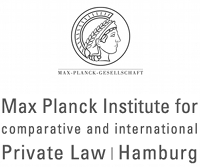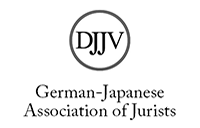Case Law Trends in Japanese Insurance Law and Their Impact on the Japanese Insurance Act 2008 – Structure of the Act and Anti-Fraud Issues
Abstract
SUMMARY
The Japanese Insurance Act (hereafter “the Act”), enacted in 2008, is more concise than corresponding laws in major European countries. This paper tries to explain the Act’s concise form by examining discussions during the Act’s preparation, the influence of the reform of the law of obligations, the supervisor’s regulatory practice and, above all, trends of insurance case law in Japan. The Act included a very limited number of provisions applicable only to a certain type of insurance. Freedom of contract was respected to promote product innovation and flexibility in the insurance industry. Unlike in the EU, the ex ante product control over the mass market products survives until now. Under such circumstances, the Japanese insurance market experienced diversification of products since 1995. On the other hand, the dominant influence of supervisory body prevented rules concerning product disclosure from being incorporated into the Act. The Act also does not contain specific rules where the general contract law is applicable. It was difficult to extend the protection of the weaker party in the Act before the obligation law reform was commenced. Just after the Act was enacted, the Tokyo High Court tried to set a higher standard of consumer protection by nullifying a policy clause as unfair in the case of nonpayment of premium. Thus, the level of protection for the weaker party in Japan is determined by regulatory practice and case law. Reading through the Supreme Court cases, the Court does not seem to distinguish between consumers and small and medium-size business entities when interpreting policy clauses. In Japan, the largest cluster of insurance law cases is that concerning fraudulent claims. In defending against such claims, insurers were tempted to apply a series of policy clauses which were expected to enable insurers to decline such claims under easier conditions. However, in such cases lower courts tended to restrict the literal meaning of the policy clauses. Soon insurers started to argue that the accidentality of the insured event should be proved by the insured or the beneficiary, but the Supreme Court from 2004 until 2007 repeatedly declared that the burden of proof with regard to accidentality is on the insurers. The attitude of the Supreme Court against the insurers’ excessive defense was a natural response to an industry-wide scandal. In 2005 the supervisory authority detected a huge number of intentional or negligent nonpayment of insurance benefits. It was the worst period for insurers to ask the legislator to authorize their defense clauses. Among the antifraud defenses, insurers’ right to rescind a contract for grave cause was exceptionally incorporated into the Act. Still, the provisions are characterized as semi-mandatory in order to create a safeguard against insurers’ excessive defense seeking to discharge their duties. The trend in the anti-fraud case law was attributable to the insurers’ excessive defense. It would be misleading to call the Courts’ response judicial activism. Whether consumer protection will be promoted under the Act cannot be foreseen without taking the policy priorities of the supervisor and the result of obligation law reform into consideration.






